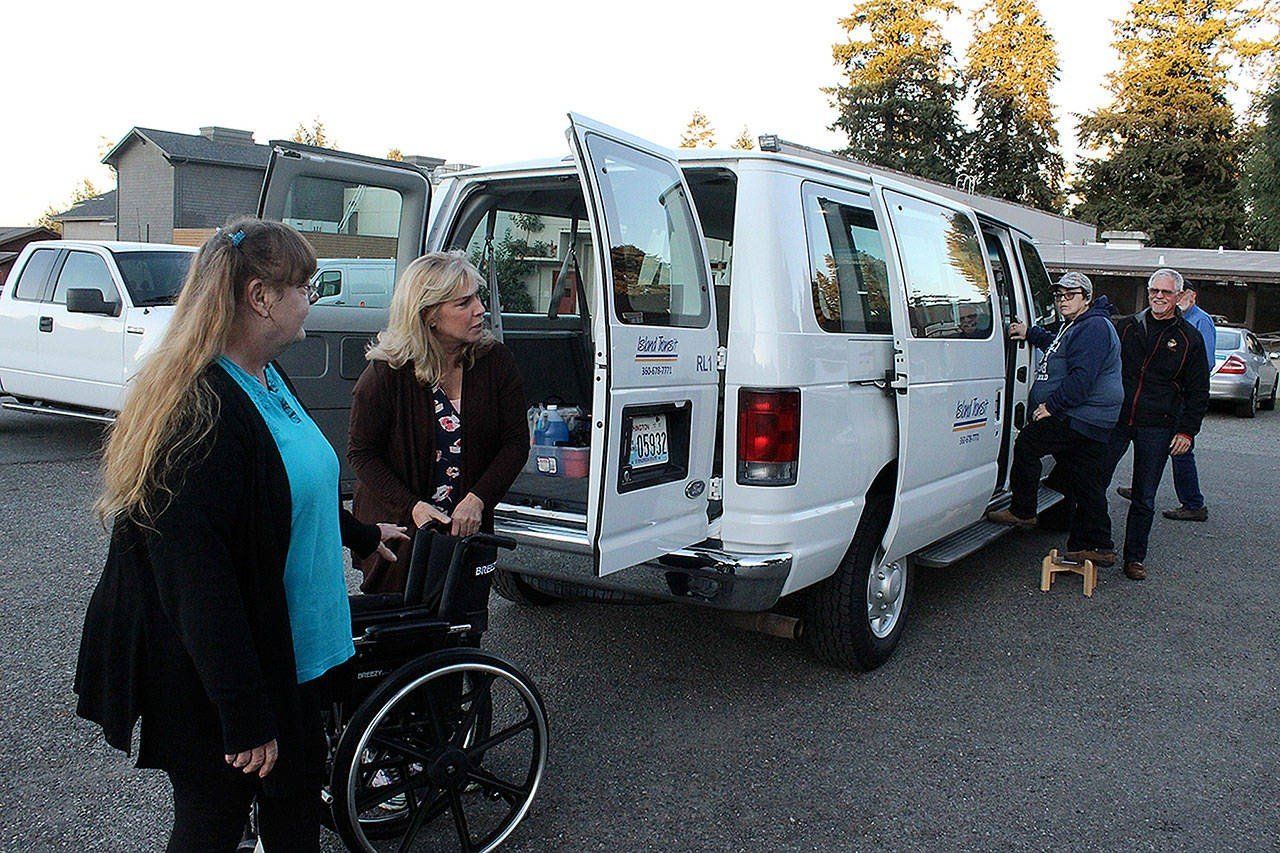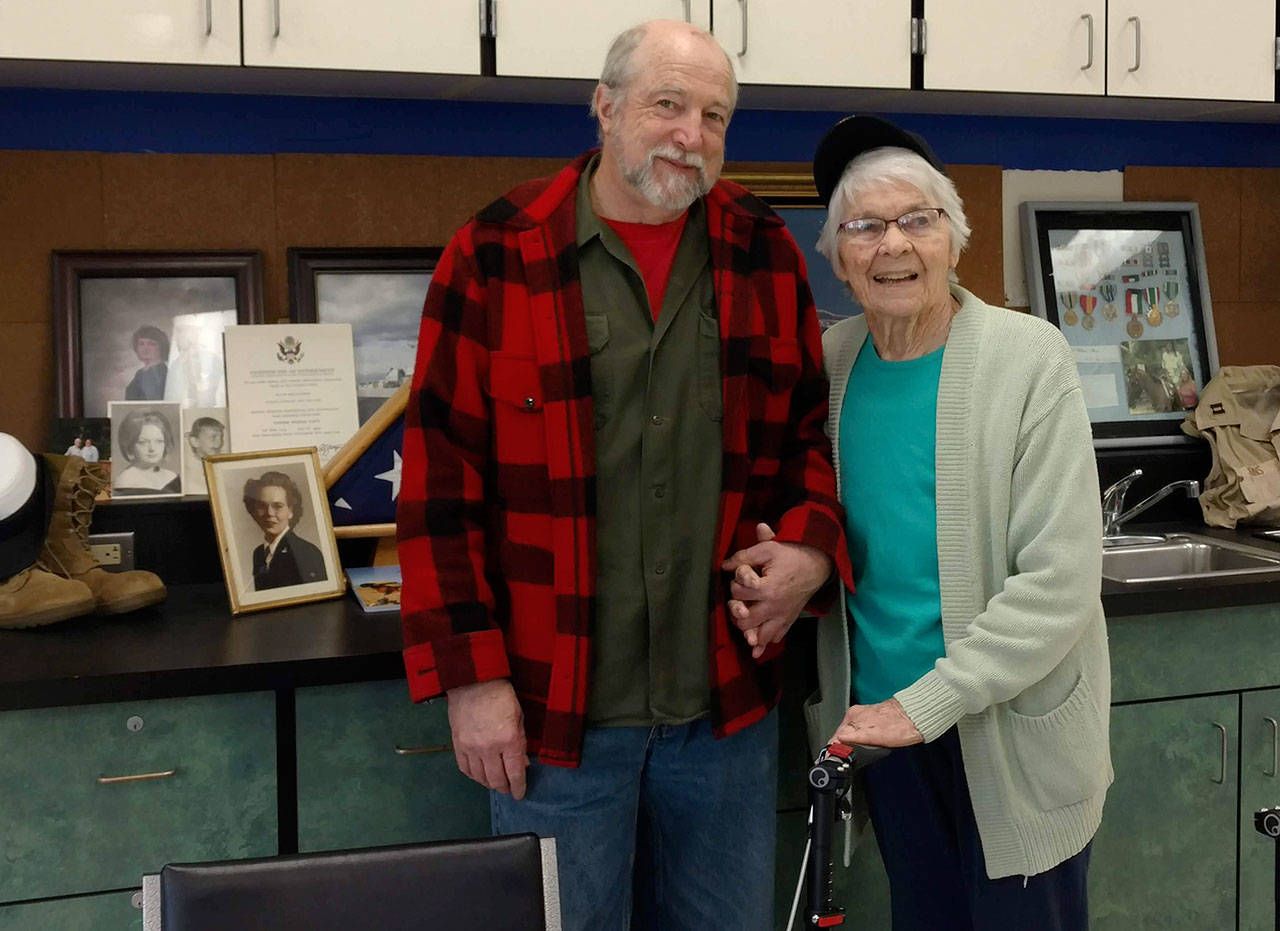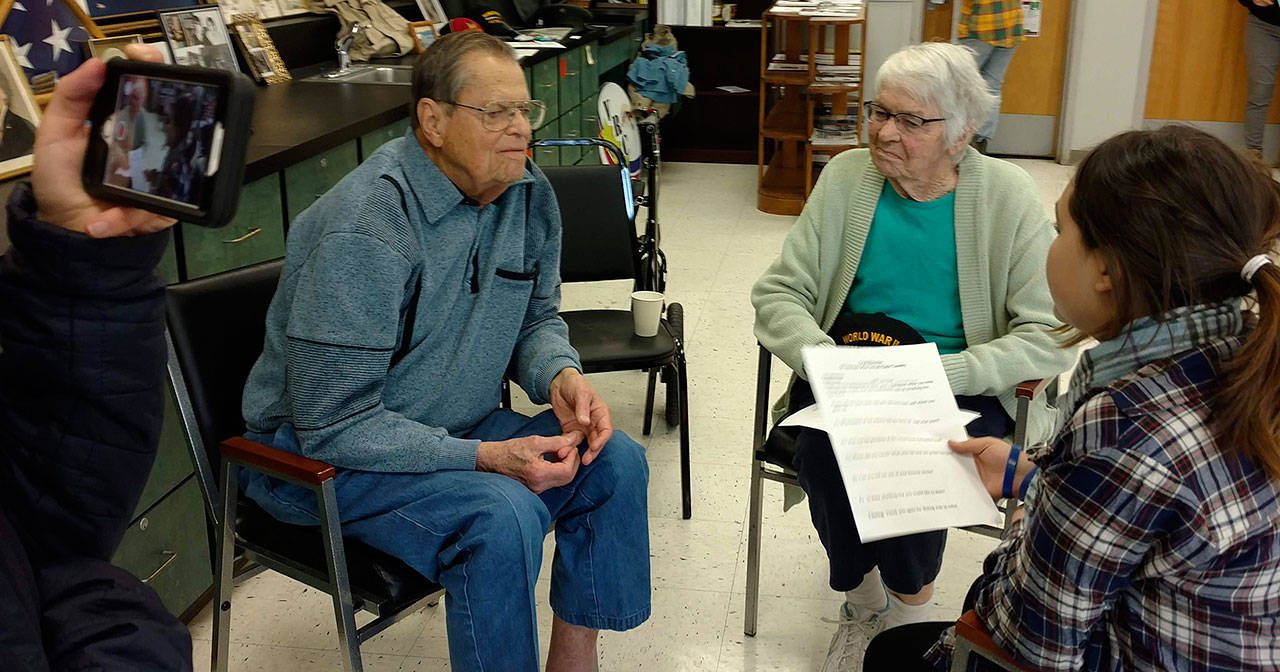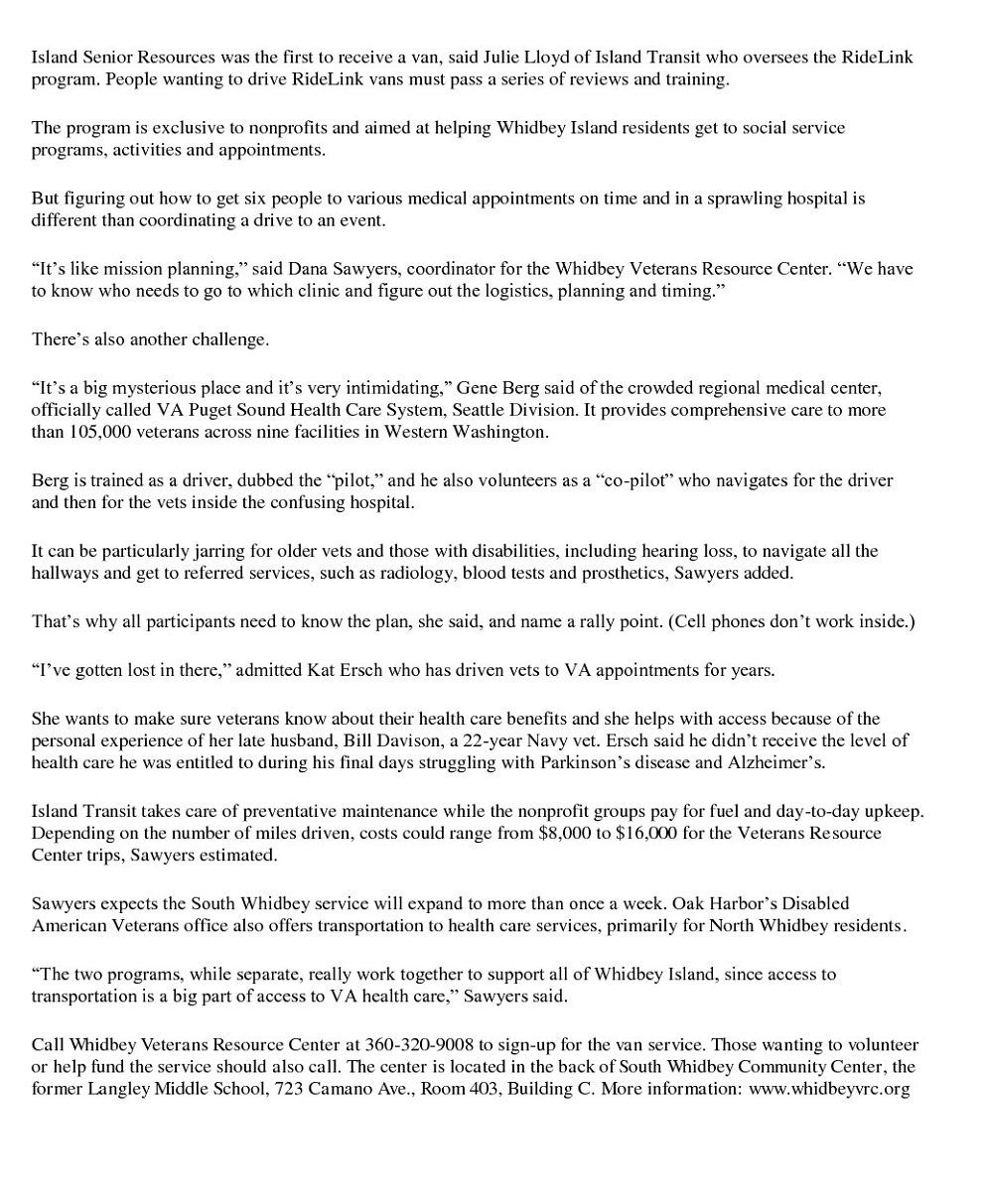News Stories
SUSPICIOUS EMAILS
If you receive a suspicious email from the Department of Veterans Affairs, DO NOT open the email or click on any attachments or links. VA does not send emails asking for personal information, threatening emails, or emails claiming to take adverse actions on claimants or beneficiaries (jail or lawsuits). If you receive any of these emails or are in doubt about any communications appearing to be from VA, please contact VA directly at 1 (800) 827-1000.
Phishing is a type of cyber-attack where the attacker sends a message designed to deceive a person and convince them to reveal sensitive information to the attacker. It is the most common means attackers use to gain unauthorized access to a device to obtain sensitive information.
Phishing emails can come from an unfamiliar sender or familiar looking sender with an email address that is off by a few letters. Additionally, phishing emails can include large or “too good to be true” offers or attachments.
VA takes the security of Veterans seriously.
For more information, please see this YouTube video of VA’s Office of Financial Management, Chief Financial Officer Charles Tapp II, on the proactive measures VA has taken to protect and prevent fraudulent activity and how you can protect your finances and personal data from fraud.
VA blogs also have information to help you stay vigilant at work and in your personal life and provide additional information on how phishing attacks are getting even more sophisticated.
You can find more information to help keep you cybersafe at Cybercrime Support Network and the Scam Spotter organization.
Here are the veterans who will benefit from Congress’ sweeping toxic exposure bill
As many as one in five veterans living in America today could see new health care coverage and disability benefits under the toxic exposure legislation advanced by the Senate Thursday, but some veterans will see help sooner than others. The package — which was advanced by the Senate in a bipartisan 84-14 vote and heads now to the House for final congressional approval — would cost almost $280 billion over the next decade and radically transform how the Department of Veterans Affairs analyzes and compensates victims of military chemical and radiation exposure incidents.
President Joe Biden has said he will sign the bill into law if it comes to his desk, and Veterans Affairs officials have already begun preparing staffing and implementation plans in anticipation of the new requirements.
“America’s veterans and their loved ones will be better off as a result of this work today,” said Senate Veterans’ Affairs Committee Chairman Jon Tester, D-Mont., just moments before the vote. “This will make the country a better place ... Today will show that we can put party politics aside and honor America’s bravest.” The burn pit provisions of the Promise to Address Comprehensive Toxics (PACT) Act have received the most attention in recent months, in part because of the recency of those injuries.
Tens of thousands of veterans from the wars in Iraq and Afghanistan have developed rare respiratory conditions and cancers in the years following their deployments, believed caused by poisonous smoke from massive burn pits used to dispose of a host of military waste. But because scientific monitoring was not done at many sites, conclusively linking the smoke to veterans’ ailments has been a difficult task. The PACT Act codifies recent changes in how the Department of Veterans Affairs approaches those kinds of health claims, lowering standards for proof and offering presumptive status for some rare illnesses believed caused by the burn pits.
Advocates said those fundamental changes could have wide-ranging and positive impact on veterans for years to come, developing a more patient-friendly approach to how VA approaches any toxic exposure incidents.
But they also say the direct benefits for groups that have been excluded in the past are more urgent. Those individuals include not only troops who recently separated but some who served more than five decades ago.
Here are highlights from those provisions:
The benefit: Presumptive status for disability benefits for 13 conditions related to burn pit exposure.
Who gets it: Most veterans who served in the Iraq and Afghanistan Wars era are expected to be covered under the provision, although specifics of how to implement that still must be written by VA officials.
Individuals would receive disability benefits if they contract any type of the following cancers: head, neck, respiratory system, gastrointestinal system, reproductive system, lymphatic system, kidney, brain, skin or pancreas. Individuals would also receive disability benefits if they contract any type of the following ailments: asthma, chronic bronchitis, chronic obstructive pulmonary disease, constrictive bronchiolitis, emphysema, granulomatous disease, interstitial lung disease, pleuritis, pulmonary fibrosis, sarcoidosis, chronic sinusitis, chronic rhinitis or glioblastoma. Most of the illnesses other than cancer would be eligible for benefits within the next year. The cancer benefits would be phased in from 2024 to 2025, except for individuals facing severe medical issues.
The benefit: Ten years of health care coverage from VA upon separation from the military. Currently, all separating troops get five years of coverage.
Who gets it: All veterans who left the ranks in summer 2017 or later will have their eligibility automatically extended. Veterans who left between summer 2014 and summer 2017 will be able to apply for additional years of health care coverage, ending at 10 years after the date they separated.
The benefit: Presumptive status for disability benefits related to Agent Orange exposure for veterans suffering from hypertension or monoclonal gammopathy of undetermined significance (MGUS).
Who gets it: All veterans currently eligible for disability benefits related to Agent Orange exposure. For MGUS, the presumptive status goes into effect as soon as the bill is signed into law. Veterans suffering from hypertension will be phased in. Those who age 85 and older, or those suffering extreme health or financial problems. will receive immediate benefits status. For others, the presumptive status will start on Oct. 1, 2026.
The benefit: Presumptive status for disability benefits related to Agent Orange exposure for veterans who served in areas previously not recognized for the chemical defoliant use.
Who gets it: For veterans 85 or older who qualify, the benefit goes into effect immediately. For younger veterans, the provisions will trigger on Oct. 1, 2022.
The eligible groups include:
♦ Individuals who served in Thailand (or any Royal Thai base) from Jan. 9, 1962, to June 30, 1976;
♦ Individuals who served in Laos between Dec. 1, 1965, and Sept. 30, 1969;
♦ Individuals who served in Cambodia’s Kompon Cham province between April 16, 1969, and April 30, 1969;
♦ Individuals who served in Guam or American Samoa (or their territorial waters) between Jan. 9, 1962, and July 31, 1980;
♦ Individuals who served on the Johnston Atoll between Jan. 1, 1972, and Sept. 30, 1977.
The benefit: Presumptive status for disability benefits for Persian Gulf War veterans.
Who gets it: All veterans who served in the first Gulf War. The provisions remove rules regarding eligibility expiration.
The benefit: Presumptive status for disability benefits related to radiation exposure for veterans who served at the Enewetak Atoll.
Who gets it: Individuals who served at the site from Jan. 1, 1977, to Dec. 31, 1980.
The benefit: Presumptive status for disability benefits related to radiation exposure for veterans who served in Palomares, Spain.
Who gets it: Individuals who served at the site from Jan. 17, 1966, to March 31, 1967.
The son of an Iraq War veteran designed an app to stop his dad's PTSD nightmares
read more......
Celebrating ten years with $10,000 fundraiser
“We can teach you about the forms and benefits,” she said. “And the people you’ll meet will be worth the paperwork.”
The center was founded in 2009 by Judith Gorman, a clinical social worker, and her husband Perry McClellan of Langley, who were seeking local services for their son, Orrin Gorman McClellan. He suffered from many invisible wounds of war after serving in Afghanistan in 2005 -2006, his mother said, and sought an alcohol-free location close to home to connect with other vets as he received treatment in Seattle.











